
Space exploration has fascinated humanity for a long time, leading to numerous research missions and discoveries.
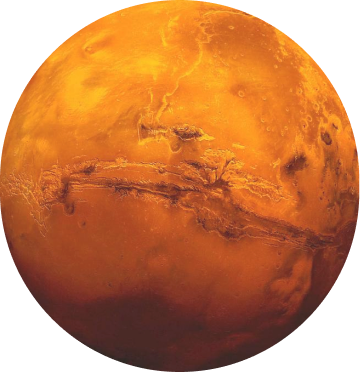
However, paradoxically, while we reach for the stars, our own oceans remain largely unexplored.
Scientists sometimes claim that traveling to space is easier than diving to the ocean floor.
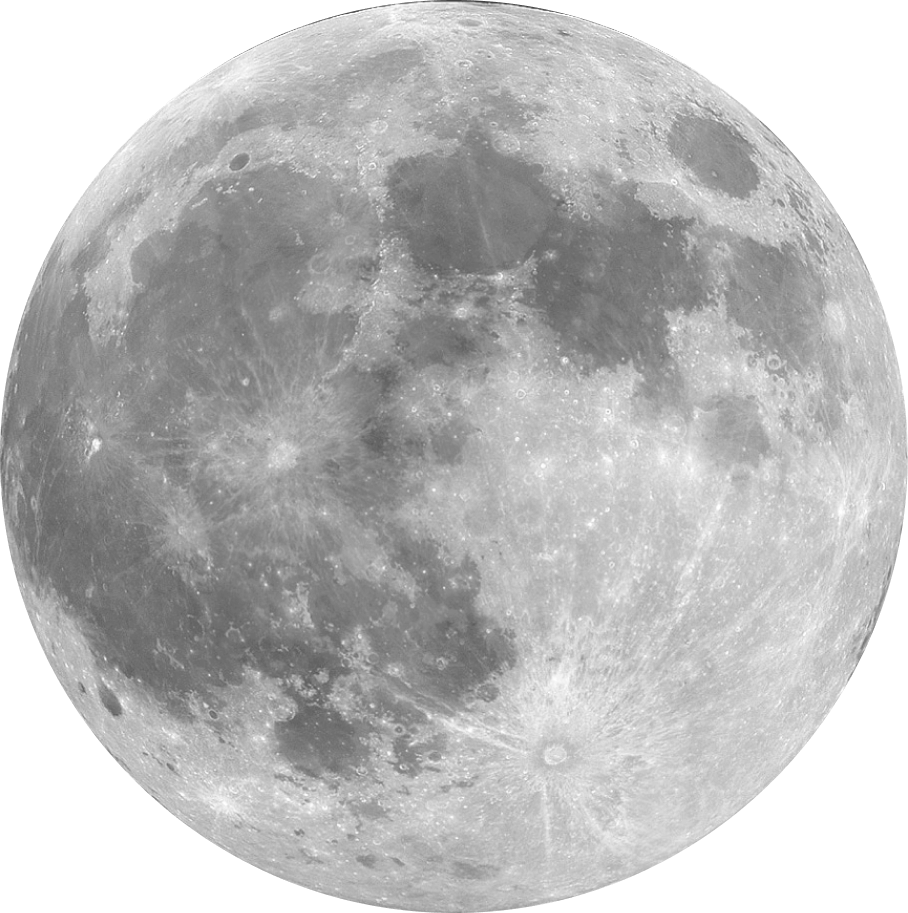


A full 71% of the Earth's surface is covered by water
So far, only…
5% of its depths has been explored
Paradoxically, we know more about the Moon’s surface than about our own ocean floor.
The deepest parts of the oceans remain almost entirely unexplored.
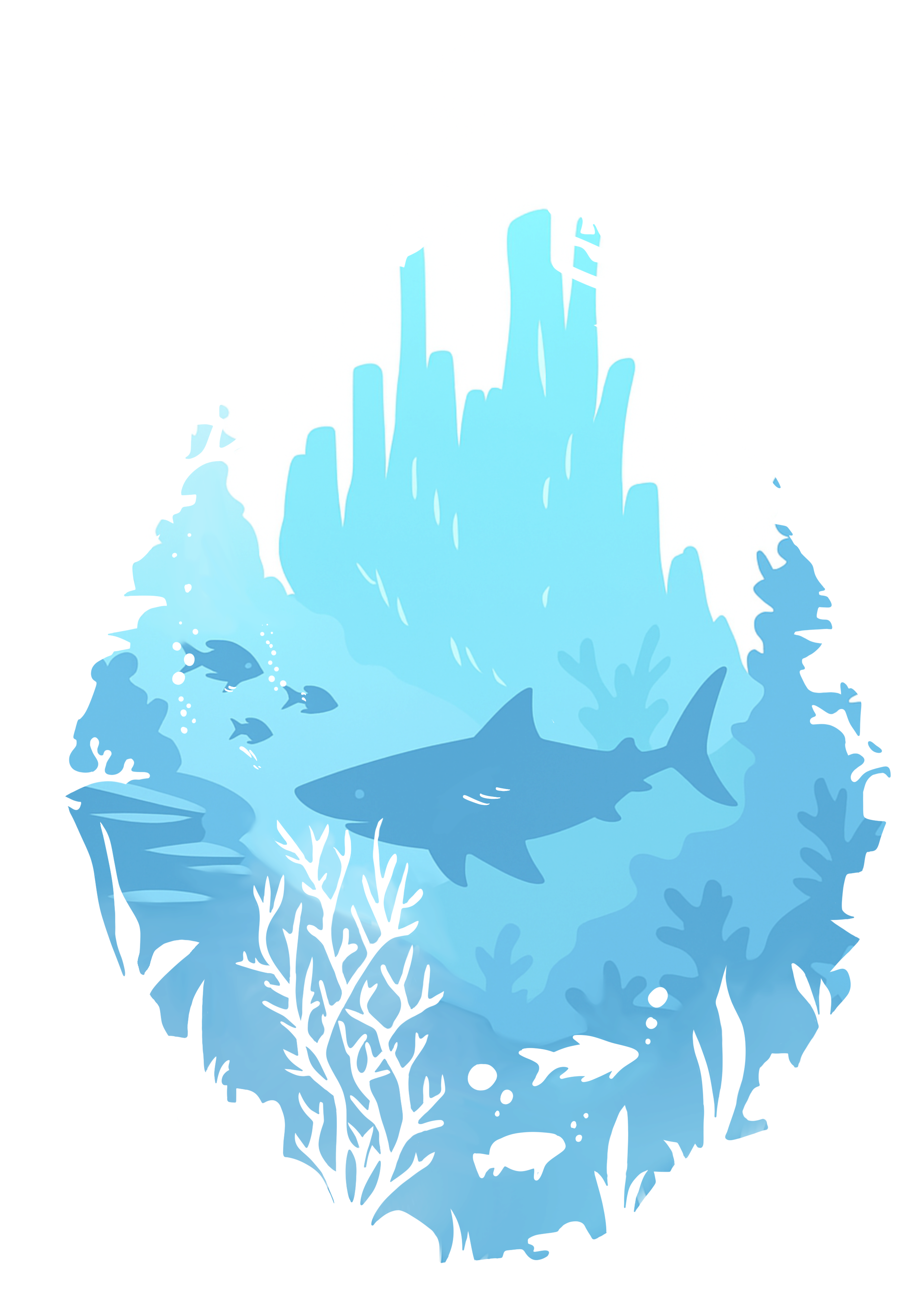
These extreme environments, characterized by:
- extreme pressure
- complete darkness
- low temperatures
are home to extraordinary organisms that have adapted to life in conditions that would be unbearable for most creatures.
Exploring these depths is as complex as exploring distant corners of space.
Hover over the hidden words to reveal their glow
While we have launched hundreds of missions beyond our planet, dives into the deepest parts of the oceans are rare. Diving to the ocean floor is said to be more difficult than launching a rocket into space.
This highlights how much remains to be discovered in our own waters and the challenges scientists face.
Euphotic Zone
0– 200 mThe euphotic zone is the surface layer of the ocean where sunlight intensity is sufficient for photosynthesis. It is an area of high primary production, serving as the basis of the marine food chain.
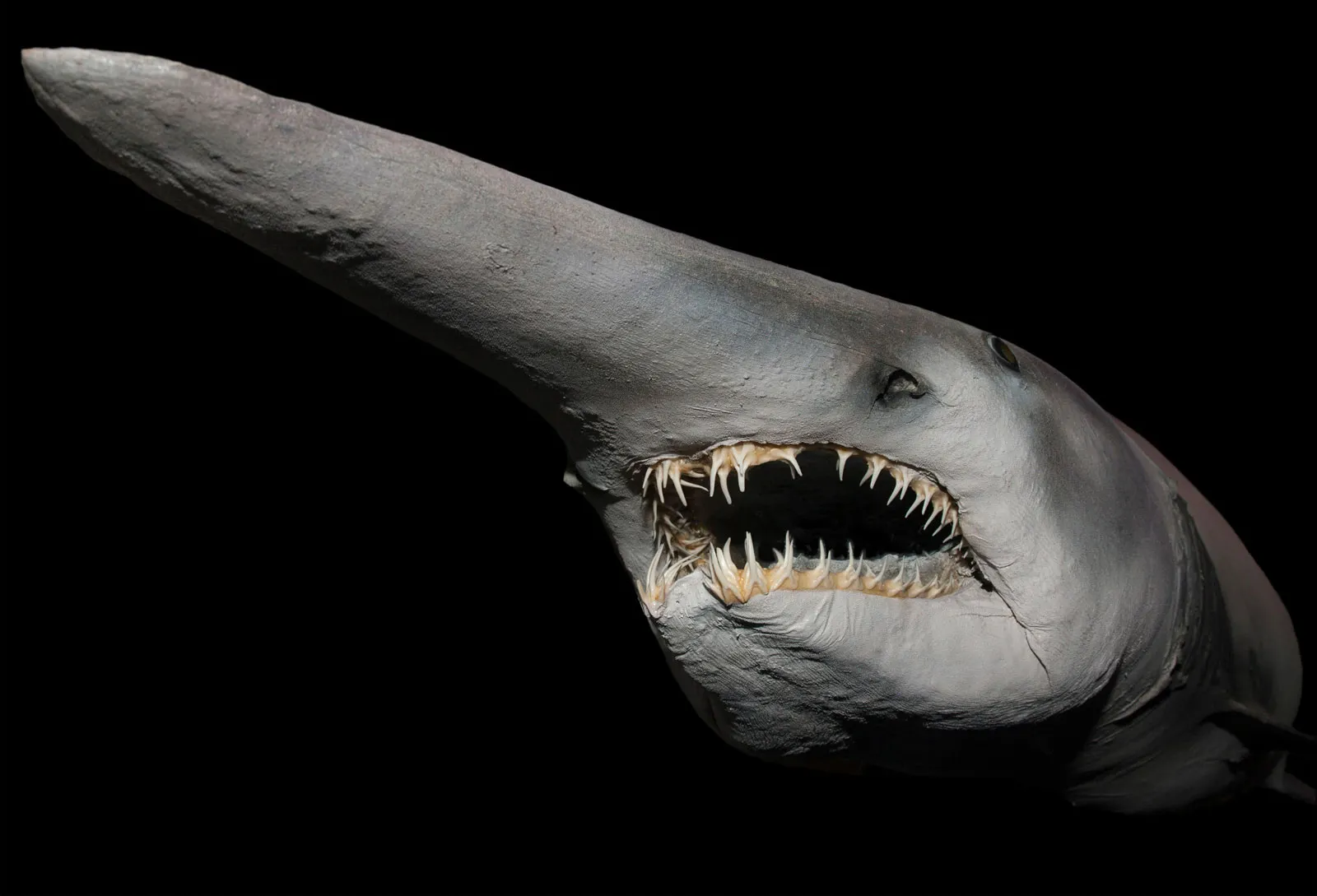
Goblin shark
Deep-sea shark
Found at depths below 200 m
The goblin shark is a rarely seen deep-sea species considered a “living fossil” due to its primitive anatomical features. It can protrude its jaws forward to catch prey by surprise.
Disphotic Zone
200– 1000 mThe disphotic zone is where sunlight is too weak for photosynthesis. Organisms here adapt to low-light conditions.
Anglerfish
Fish with flashlight
Found at depths of 200– 1000 m
They are a group of deep-sea fish known for their unique hunting method. They possess a bioluminescent “lure” on their head, which they use to attract prey in the darkness of the ocean. When unsuspecting prey swims close enough, the anglerfish engulfs it in an instant.
Aphotic Zone
>1000 mThe aphotic zone is the deepest part of the ocean where no sunlight penetrates. Life relies on falling organic matter or chemosynthesis.
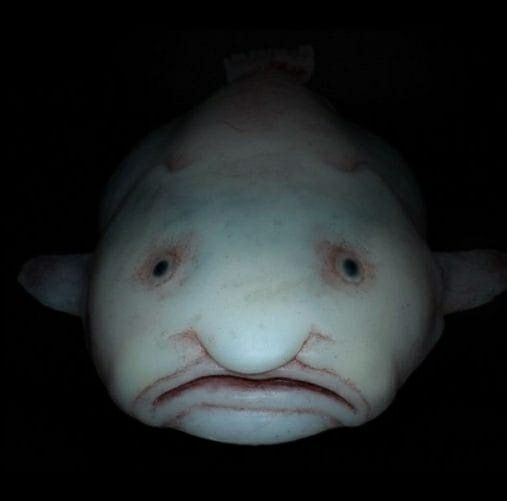
Blobfish
The saddest fish of the deep-sea
Found at depths of 600– 1200 m
Psychrolutes marcidus, commonly known as the blobfish, is a deep-sea species with a distinctive gelatinous appearance. Adapted to life under immense pressure, its body structure suits the conditions of the deep ocean, and only appears deformed when brought to the surface.